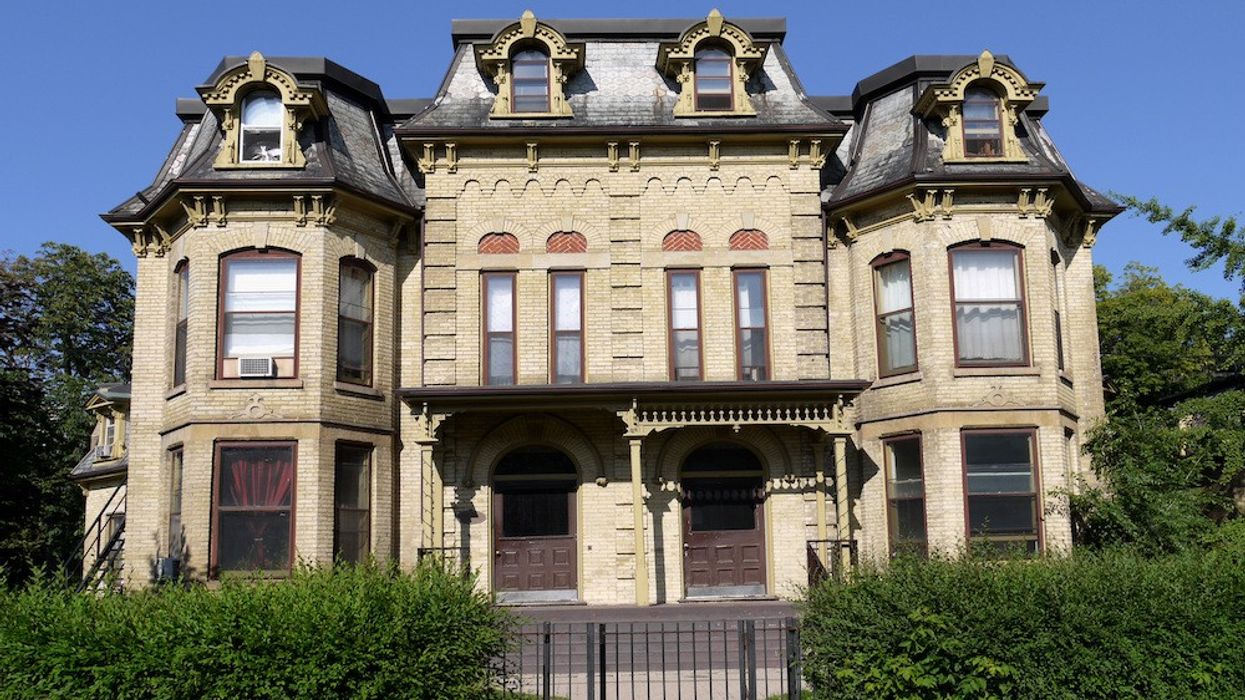The provincial government’s More Homes Built Faster Act will help reduce bottlenecks, streamline development approvals and increase the pace of residential construction across Ontario. It will also aid in cutting down on abuse of heritage designations to stymie housing development.
For too long, heritage designations have been used as a cover for NIMBY activity. This legislation will level the playing field for developers by ensuring that only legitimate heritage properties are protected.
Inappropriate use of the heritage listing and designation process has long been used as a cover to delay or prevent residential development and densification, even where there is no legitimate heritage value associated with a subject building or site.
Thankfully, with Bill 23, the province is taking steps to ensure that heritage designations will no longer be used as a means of halting legitimate and much-needed residential development.
There is a dire need for housing in Ontario and the province has committed to building 1.5M homes over the next decade. We will not get there if properties are continually designated as heritage buildings for no good reason.
The Architectural Conservancy of Ontario is raising alarm bells over the changes, maintaining the new rules will make it impossible to protect most of Ontario’s identified heritage properties. The group argues in a press release that the legislation is a vindictive attack by developers on the heritage system.
This is completely false. We have no quarrel with instances where buildings are of genuine heritage value. In our view there are simply too many examples where heritage designations have been used just to stop development and not for the intended purpose of protecting significant properties.
A proposal in the legislation would amend the Ontario Heritage Act to require properties on a municipal heritage register to be removed from the list if no heritage designation has been made after two years.
The legislation would also require properties to meet two of three provincial criteria to be designated a heritage property. Presently, a property only has to meet one of three criteria to be designated.
The criteria are that the property must demonstrate: 1) a high-quality design value that is also a unique or rare example of architectural expression; 2) an associative connection to an important historical figure or event or; 3) a contextual value of a property to the character of the surrounding area.
To be protected under the Heritage Act, a property would therefore have to meet clearly defined criteria. We do not want properties or buildings to be designated that don’t belong on the list.
Since 2017, the City of Toronto has added some 1,000 new properties to its heritage register, with an average of 35 properties per year being designated under the Ontario Heritage Act. There are nearly 4,000 properties on the city heritage register as having possible heritage value that are not designated.
We have seen myriad examples of how the heritage designation process is preventing residential development.
In May, for instance, the Toronto Preservation Board added more than 200 buildings along a bustling stretch of The Danforth in Toronto to the heritage register, effectively blocking condo developers from building there.
The move extends interim protection from demolition and provides an opportunity for city council to determine whether the properties warrant conservation through designation under the Ontario Heritage Act should a development or demolition application be submitted.
A city report stated that 225 buildings along a roughly three-kilometre strip meet the provincial criteria for heritage listing.
In Markham, meanwhile, a woman who rebuilt her house after a serious fire has since been informed that she must change her home to comply with heritage guidelines.
The woman didn’t know her 26-year-old home was in a heritage district and rebuilt it after it burned down in February of 2020. She renovated it with a fresh new look different from her neighbours.
She’s been told that her house is in one of Markham’s four designated heritage zones and any changes had to be approved by the city through the heritage permitting process prior to ordering and installation. The woman is being told she must now change her home.
In another instance, heritage status was proposed for a former soy sauce factory on Queen Street -- which would have interfered with the prospect of building an eight-storey, mixed-use building containing 132 purpose-built rental apartment units -- but thankfully the city nixed the idea.
It is commendable to preserve the historic fabric of our neighbourhoods, but heritage designations should not be used as a means to block residential development -- particularly at a time when we are facing a critical housing shortage.





















